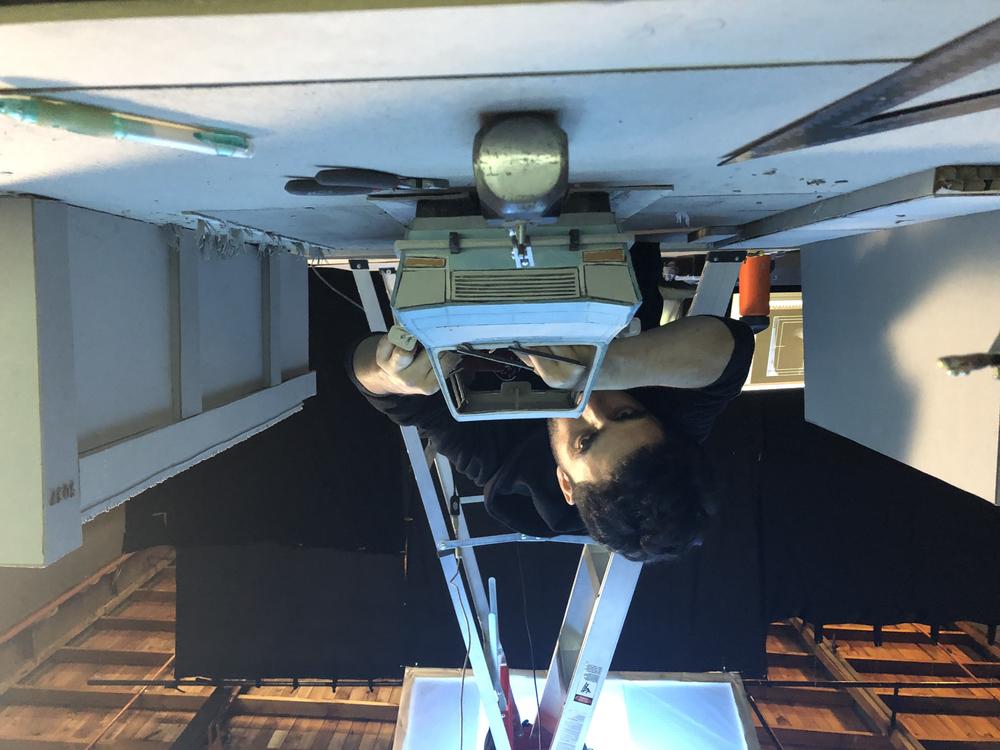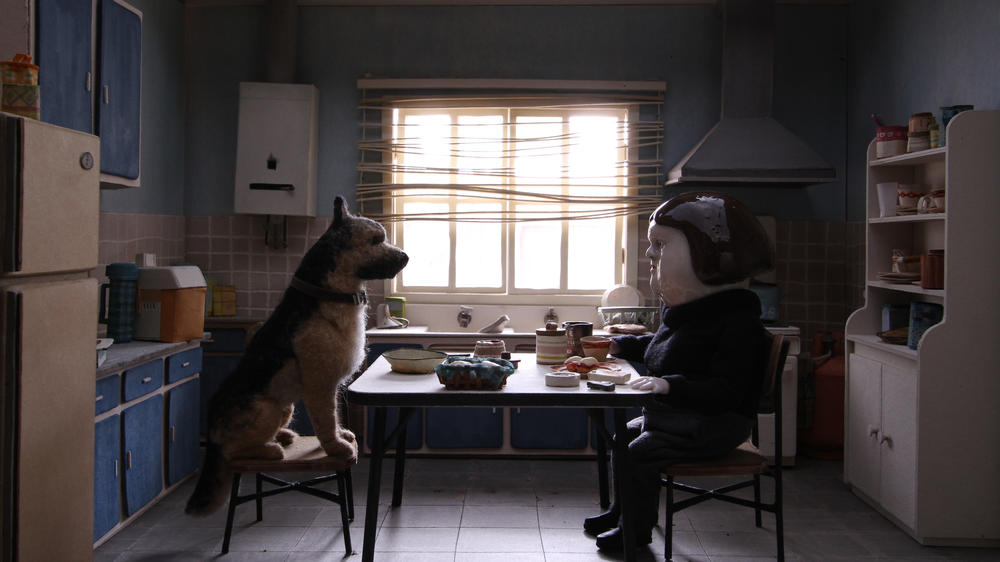Section Branding
Header Content
The Oscar-nominated short 'Bestia' highlights an exciting time for Chilean animation
Primary Content
For the second time in history, Chile is a contender for an Oscar in short film animation. Bestia, directed by Hugo Covarrubias and produced by Tevo Diaz, uses stop-motion animation to portray the dark, evil mind of Íngrid Olderöck, a woman responsible for torture and human rights violations during the Chilean dictatorship of the '70s and '80s.
This nomination is the latest milestone in what has been a gripping time for the country's animation industry, which has been increasingly recognized on the world stage: Los Huesos won the Venice Film Festival in 2021 and Nahuel and the Magic Book was nominated in the Annecy International Animated Film Festival, a prestigious French film festival, for best feature. In fact, Chile has been nominated at Annecy three years in a row now. In 2016, the country got its first Oscar for Bear Story.
But this growth didn't happen overnight. "I wouldn't call it a boom because that sounds like it was unexpected," said Germán Acuña, director of Nahuel and the Magic Book. "I think that what's happening with Chilean animation is a sustained growth that is a result of several factors that have to do with the professionalization of the animation sector."
In the '90s, the advent of new technologies helped make the animation industry in Latin America more accessible. Previously, hand-drawn animation could be expensive and time consuming, but modern technologies like CGI and the internet lowered the costs of production and distribution.
"So instead of having to have all of these frames and all the cameras and the inking departments, you had one tool to do all of that. So it became way more accessible," said Oslavia Linares, a Latin American animation expert and visual artist. And as more animation was being produced, more was being distributed. Cable networks soon made animation more prominent in the region, shaping the taste of audiences in the process.
Around the same time, Chile was undergoing a political transition that resulted in more stability in the art world, Linares says. The end of Pinochet's dictatorship and the transition towards democracy in the '90s provided film directors and creatives more favorable, peaceful conditions in which to do art. Linares says that the impact of this trend can be seen throughout Latin America: The countries that have more democratic, stable governments tend to be those with bigger art scenes, thanks to more government funding.
That's not the only way the country's politics have been intertwined with its animation industry: Chile's political past has been a recurring topic in the country's animation. Bear Story, which won the Oscar in 2016, was an allegory of the military dictatorship and Los Huesos is about an exhumation of two controversial characters from the country's history.
"Among other things, what we wanted was to explore our wounds, wounds that the dictatorship clearly left in this country. But instead of trying to close them, we want to go through them, try to walk through their edges to try to make those cracks finally a part of ourselves and try to understand them before we close them," said Covarrubias.
To do that, however, Chile's animators have had to work with audiences that continue to believe that animation is just for children. Historically, says Linares, animation has been understood as cinema's younger sibling — oftentimes the "ugly duckling." But, for Covarrubias, "it's very appealing to be able to tell profound, psychological, and existential stories through a medium of expression that is widely prejudiced on a global scale."
There's now a growing infrastructure to support Chilean animation. There are close to ten animation schools that have played a big role in shaping the next generation of artists. Chilean animators also continue to participate in film festivals abroad, giving them a chance to network with other artists, and distribute their films internationally. In the early 2010s, the creation of ChileMonos, one of Latin America's largest animation film festivals, provided creatives in the industry a chance to exhibit their work. By 2013, the creation of Animachi, an animation guild, gave Chileans filmmakers an opportunity to work together on distribution, consulting, and awareness of their films.
And, of course, Bear Story winning the Oscar in 2016 inspired a new generation of artists to aspire to being on the world's biggest stage.
"[Chile] has had other nominations, but it was very motivating to know that the first Oscar was an animated film," said Covarrubias, director of Bestia, "That's when we realized there was global potential and it was resulted in the spirit we now have."
Despite their growth, however, film creators and animators in Chile still struggle with low budgets. Covarrubias said that getting private funding is complicated when they touch such controversial, political topics, and the government funds that are available are low and very competitive.
"Our biggest challenge right now is helping the Chilean Government understand that animation has potential to support social and economic growth," said Acuña.
Even then, Chilean animators are working to distinguish themselves from their counterparts abroad. They seek not to be Latin America's Disney or Pixar, but rather create their own identity, searching for the most poetic ways to tell their country's stories.
Copyright 2022 NPR. To see more, visit https://www.npr.org.



